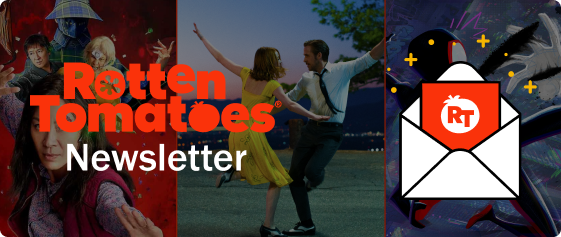John Coquillon
Canadian cinematographer John Coquillon is best known for collaborations with director Sam Peckinpah on several of his later films. Coquillon began as a clapper loader at England's Pinewood Studios before shooting a number of wildlife documentaries in Africa in the 1950s. His first cinematographic work was on the nature documentary "Zanzabuku," which featured explorer Lewis Cotlow. He also wrote and shot the family film "Toto and the Poachers" in 1958, but by 1960 he had turned his attention away from conservation documentaries and towards fiction. His first film in that vein was the mystery "The Impersonator" in 1960. He also made several family films in the U.K. as part of the Saturday Morning Pictures series, including "Runaway Railway" in 1966 and the soccer-themed "Cup Fever," as well as the family-oriented sci-fi serial "Danny the Dragon" in 1967. He worked often in the horror genre and shot "Curse of the Crimson Altar," one of Boris Karloff's last films, along with the Vincent Price films "The Oblong Box" and "Scream and Scream Again." He shifted gears again for the historical adaptation "Wuthering Heights" in 1970, before his association with Peckinpah. Their first collaboration was the violent thriller "Straw Dogs," starring Dustin Hoffman, in '71, and they worked together on the Western "Pat Garrett & Billy the Kid" and the war film "Cross of Iron" in '77. He won a Canadian Genie Award for the horror film "The Changeling" in 1980 before working mostly on TV in the latter part of his career.
 Continue with Google
Continue with Google
 >
>
